Whipper Motor Types
2024-12-18 14:24:53
Whipper motor is an essential component in various food and beverage dispensing machines, playing a crucial role in mixing, frothing, and creating the perfect consistency for a wide range of products. These specialized motors come in different types, each designed to meet specific requirements in terms of power, speed, and torque. Understanding the different types of it can help manufacturers and operators choose the right motor for their specific application, ensuring optimal performance and longevity of their equipment.
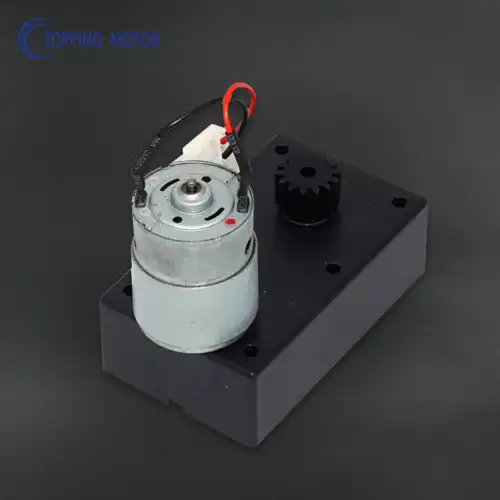
Model S2
The Model S2 product is a flexible and broadly involved type in the food and drink industry. Working on a 24V DC power supply, this motor gives a strong exhibition with a speed of 130 pivots each moment (RPM) and a force scope of 4-8 kg. This mix of speed and force makes it reasonable for an assortment of blending applications, from making foamy milk for cappuccinos to mixing powdered refreshments.
One of the vital elements of the Model S2 is its double-speed ability. It can work at 50 RPM for gentler blending or 220 RPM for more overwhelming mixing, considering adaptability in various item arrangements. This component is especially helpful in machines that offer a scope of refreshments, from fragile tea-based beverages to more vigorous espresso mixes.
The output shaft of the Model S2 comes with two options: 6 teeth or 16 teeth. This variability in the output shaft allows the motor to be easily integrated into different canister designs. The choice between 6 and 16 teeth depends on the specific requirements of the canister and the type of product being mixed. For instance, a 16-tooth shaft might be preferred for applications requiring finer control over the mixing process.
The Model S2's adaptability to different canister specifications makes it a popular choice among manufacturers of vending machines and beverage dispensers. Its reliable performance and flexibility contribute to its widespread use in the industry.
Model J1
The Model J1 whipper motor is intended for applications that require higher force, making it ideal for use as taking care of motor or driving peristaltic siphons. Working on a 24V DC power supply, this motor keeps up with a similar speed as the Model S2 at 130 RPM, however, conveys an essentially higher force scope of 8-16 kg.
The expanded force of the Model J1 makes it especially appropriate for applications where the motor requirements beat more prominent opposition. In peristaltic siphon frameworks, for instance, the motor should give sufficient power to pack adaptable tubing, making the siphoning activity that moves fluids through the framework. This higher force likewise causes the J1 successful in taking care of frameworks where denser or thicker materials need to be moved or apportioned.
Despite its higher torque output, the Model J1 maintains the same speed as the S2 model, ensuring compatibility with existing systems and allowing for easy upgrades in machines where more power is needed without changing the overall operation speed.
The versatility of the Model J1 extends its use beyond just beverage dispensing. It can be found in a variety of food processing equipment, medical devices, and industrial applications where precise control over fluid movement is crucial.
Model J1A
The Model J1A whipper motor offers numerous similitudes with the Model J1, working on a similar 24V DC power supply and conveying a similar 130 RPM speed and 8-16 kg force range. Notwithstanding, the J1A regularly incorporates extra highlights or changes that put it aside from the standard J1 model.
While the particular distinctions can shift contingent upon the maker, the J1A could offer upgrades, for example, further developed heat scattering, making it appropriate for applications requiring longer consistent activity. It might likewise highlight overhauled materials in its development, giving better protection from specific natural variables like dampness or temperature vacillations.
The J1A model could likewise consolidate progressed control highlights, for example, better speed guidelines or further developed start-stop capacities. These upgrades can give more exact command over the motor's activity, which is especially advantageous in applications requiring accurate dosing or timing.
Like the J1, the J1A is well-suited for use in peristaltic pump systems and feeding applications. Its potential enhancements make it an attractive option for more demanding or specialized uses where the standard J1 might fall short.
Plastic motor S3
The Plastic motor S3 represents a different approach to product design, emphasizing lightweight construction and cost-effectiveness. Operating on a 24V DC power supply, this motor offers two speed settings: 130 RPM and 50 RPM.
The use of plastic in the motor's construction offers several advantages. Firstly, it significantly reduces the overall weight of the motor, which can be beneficial in applications where the total weight of the equipment is a concern. The lighter weight can also contribute to energy efficiency, as less power is required to overcome the motor's inertia.
Plastic construction also provides inherent resistance to corrosion, making the S3 model suitable for use in environments where exposure to moisture or certain chemicals might be an issue. This can extend the motor's lifespan and reduce maintenance requirements in certain applications.
The dual-speed capability of the S3 (130 RPM and 50 RPM) allows for versatility in mixing applications. The higher speed can be used for more vigorous mixing or frothing, while the lower speed is suitable for gentler blending or maintaining consistency in certain products.
While the plastic construction might limit the S3's torque output compared to its metal counterparts, it remains an effective option for many standard mixing and blending applications in food and beverage dispensing machines.
Whipper Motor supplier
With regards to obtaining great whipper motors for different applications in the food and refreshment industry, Topping Motor stands apart as a respectable provider. With more than 10 years of involvement with motor assembling, Topping Motor has set up a good foundation for itself as a solid hotspot for an extensive variety of its sorts, including the models examined previously.
Topping Motor keeps an enormous stock of motors and holds generally fundamental certificates, guaranteeing that their items fulfill industry guidelines and guidelines. They offer both OEM (Unique Gear Producer) and ODM (Unique Plan Maker) arrangements, permitting them to take care of the particular necessities of clients around the world.
The organization's obligation to quality and advancement is clear in its assorted scope of products, each intended to meet explicit application necessities. Whether you want a high-force motor for a peristaltic siphon framework or a lightweight plastic motor for a minimized drink container, Topping Motor probably has an answer that meets your requirements.
For businesses looking to incorporate products into their products or seeking replacements for existing equipment, Topping Motor welcomes inquiries at sales@huan-tai.org. Their team of experts can provide detailed information about their product range and assist in selecting the most appropriate motor based on specific application requirements.
In conclusion, the world of whipper motors is diverse, with each type offering unique features and benefits. From the versatile Model S2 to the high-torque J1 and J1A, and the lightweight Plastic motor S3, there's a product to suit virtually every application in the food and beverage dispensing industry. As technology continues to advance, we can expect to see even more innovations in its design, further enhancing the capabilities of food and beverage dispensing equipment.
References
1. Journal of Food Engineering. (2023). "Advancements in Motor Technology for Beverage Dispensing Systems."
2. IEEE Transactions on Industry Applications. (2024). "Comparative Analysis of DC Motors in Food Processing Equipment."
3. International Journal of Electrical and Electronic Engineering. (2022). "Performance Evaluation of Plastic vs. Metal Motors in Food Industry Applications."
4. Innovative Food Science & Emerging Technologies. (2023). "The Role of Motor Selection in Automated Beverage Preparation Systems."
5. Journal of Mechanical Design. (2024). "Design Considerations for Peristaltic Pump Drive Motors in Food Processing."
Send Inquiry

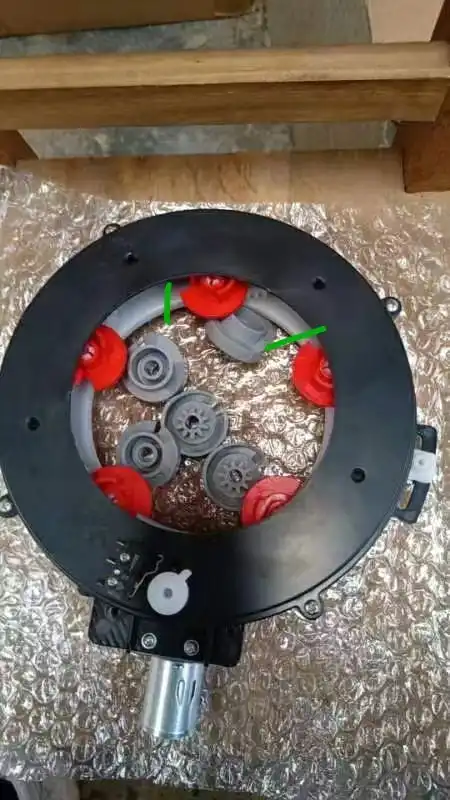
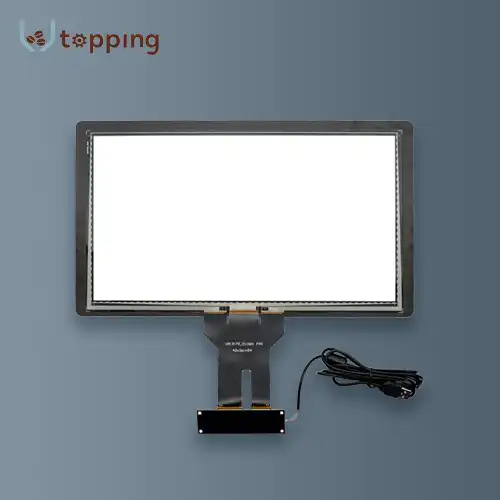
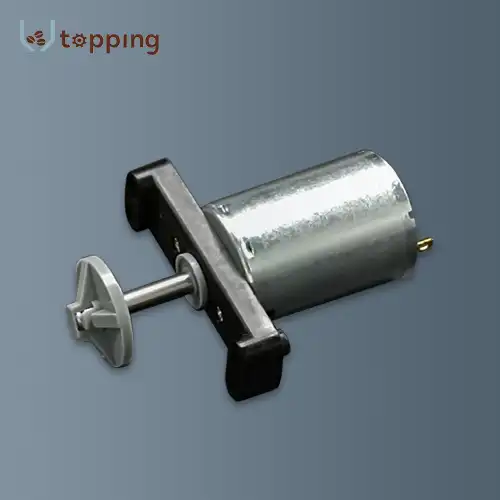
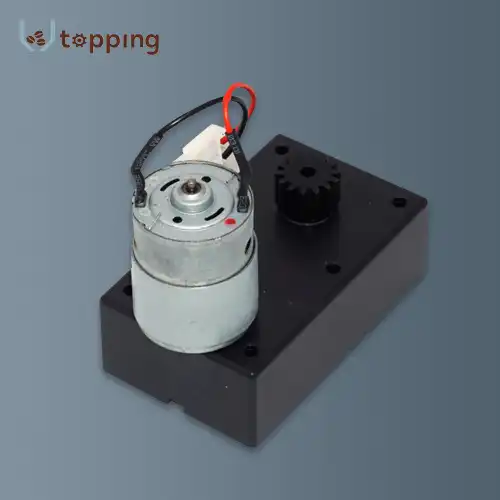
.webp)

